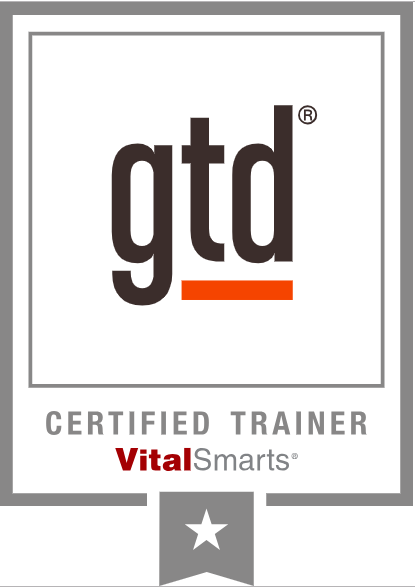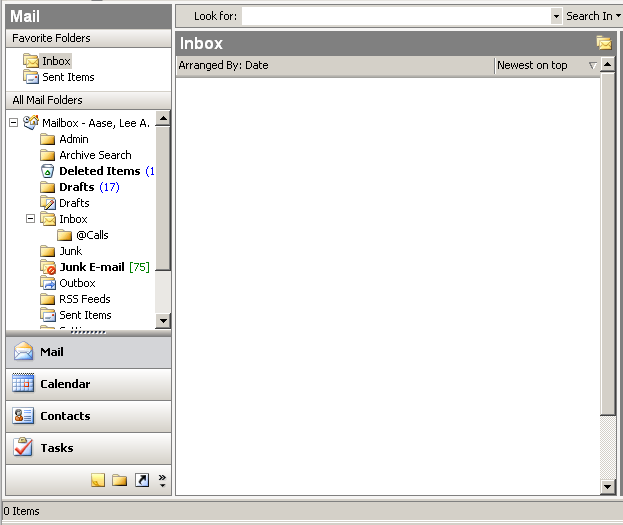When I started this blog in 2006, its original title was Lines from Lee. It was a Seinfeldesque blog: it didn’t have a definite subject. My main purpose was to learn the mechanics of blogging so that if Mayo Clinic ever decided to start a blog I would know how to do it.
In the earliest days I focused on live-blogging conferences, essentially publishing my notes from various presentations.
I soon saw a connection between blogging and another passion I had developed: Getting Things Done (a.k.a. GTD). This 2002 New York Times bestselling book by David Allen had been revolutionary for me personally, and I also appreciated the online community that had embraced it. Through my blog I explored how blogging technology was compatible with GTD. It gave me a lot of blogging material, and a chance to explore connections between two of my new-found passions.
I even worked GTD into the title of my blog, calling it PR, New Media and GTD: Lines from Lee.
A fateful presentation led to the renaming of this blog to Social Media University, Global (SMUG) and a focus that aligned with my evolving role at Mayo Clinic, as I began to focus more on social media and less on traditional media relations.
So GTD was out of the blog’s title even as the methodology continued to help me navigate my fast-changing work environment, and also to create capacity for exploration of “new media” opportunities.
For the last decade I’ve gone through cycles of stronger GTD implementation followed by relapses. I’ve found that I’m at my best when I’m consistently following GTD best practices.
Last February a colleague and fellow GTD practitioner suggested it would be good to have a speaker on GTD for our Communications Division retreat in August. That led me to do a little exploring, and I found that VitalSmarts had licensed the intellectual property from David Allen for in-person public GTD training courses in the U.S., as well as for “train the trainer’ education.
So in late April I took the GTD one-day course, followed by two days of training so I could be certified to facilitate the course for Mayo Clinic staff, and I completed that certification by teaching it several times to more than 100 Mayo colleagues.

In our fast-paced world that only seems to be speeding up, I’ve found the principles of GTD make the difference between surviving and truly having the psychic bandwidth to see and seize opportunities.
This one-day training course is particularly helpful because it gets you into applying the methodology in real time, even as you’re learning it.
As you’re looking to make the most of 2019, I’d encourage you to at least get the updated version of the book, and also to consider the full-day course. If you’d like to explore the concepts further, check out my GTD tag archives.
Have you implemented GTD? What has been your experience with it?



